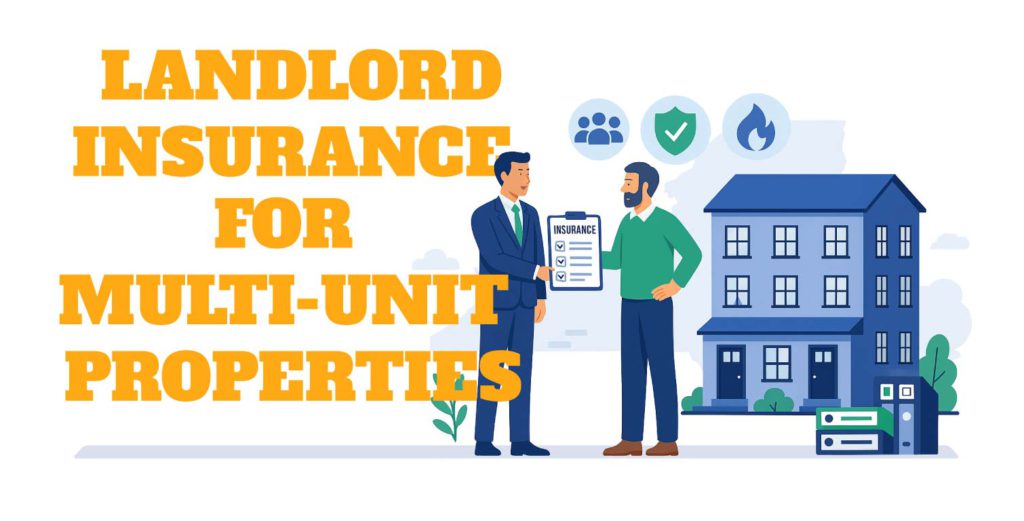In the ever-evolving world of real estate, understanding the nuances of flood insurance has never been more crucial. With changing climate patterns and frequent unexpected flooding events, the need for comprehensive flood insurance is increasingly coming into the spotlight. As a local insurance agency deeply rooted in the community, Weed Ross is the ideal partner for real estate investors keen on protecting their portfolios against the ravages of flooding. We’re like the Baywatch lifeguards of the insurance world, except even better looking. In this article, we’ll cover:
- Understanding Flood Insurance
- Evaluating Your Property’s Flood Risk
- Flood Insurance Policies
- Mitigating Flood Risks
Understanding Flood Insurance: Why It’s Critical for Real Estate Investors
For real estate investors, flood insurance is a vital safeguard. In an era where weather patterns are increasingly unpredictable, the absence of adequate flood coverage can be detrimental for an unprotected property. Flood insurance serves to mitigate the financial risks associated with water damage, ensuring that your investment remains secure even in the face of natural calamities.
Evaluating Your Property’s Flood Risk: Key Considerations
Assessing flood risk isn’t just about proximity to water bodies. Factors such as local rainfall patterns, topography, and recent changes in urban development play a significant role, along with many others. As a real estate investor evaluating a property’s flood risk, there are several key considerations to keep in mind:
Location and Geography:
- Flood Zones: Determine if the property is in a FEMA-designated flood zone, which significantly increases risk.
- Historical Data: Review historical flooding data in the area.
- Proximity to Water Bodies: Closeness to rivers, lakes, or the ocean increases the likelihood of flooding.
- Topography: Properties in low-lying or downhill areas are more susceptible to flooding.
Climate and Environmental Changes:
- Regional Weather Patterns: Areas with heavy rainfall or prone to hurricanes may have a higher flood risk.
- Climate Change Impacts: Consider how climate change might increase flooding risks in the future, such as rising sea levels affecting coastal properties.
Local Infrastructure and Flood Defenses:
- Drainage Systems: Efficient local drainage can reduce flood risk.
- Flood Barriers: Existence of levees, dams, or flood walls.
- Community Preparedness: Assess the community’s readiness and response plans for flood events.
Building Structure and Materials:
- Foundation Type: Elevated structures, like those on stilts, may be less at risk.
- Water-Resistant Materials: Use of materials that can withstand water exposure.
- Electrical and HVAC Systems Placement: Systems located above potential flood levels are preferable.
Insurance History and Costs:
- Previous Claims: Review any past flood-related insurance claims for the property.
- Insurance Availability and Cost: Understand the availability and cost of flood insurance, which can be significant in high-risk areas.
Future Developments and Land Use:
- Upcoming Projects: Future developments that could alter the landscape and affect drainage.
- Land Use Changes: Changes in land use in the area that might increase flood risk, such as deforestation or urbanization.
Legal and Regulatory Considerations:
- Floodplain Regulations: Compliance with local floodplain management regulations and building codes.
- Disclosure Laws: Ensure compliance with state disclosure laws regarding flood risk.
Flood Insurance Policies: What Real Estate Investors Need to Know
Flood insurance policies can vary widely. Knowing what is covered—and what isn’t—is essential. Typically, these policies cover physical damages to the building and contents, but there are often limits and exclusions. As an investor, familiarizing yourself with these details helps in selecting a policy that aligns with your property’s specific needs. Additionally, talk with the real estate investment insurance gurus at Weed Ross—we’re here and ready to help.
Mitigating Flood Risks: Tips and Strategies for Real Estate Investors
Proactive risk mitigation can significantly reduce the impact of flooding. These measures not only protect your property but can also positively influence your insurance premiums:
- Invest in Flood Defense and Mitigation Measures:
Elevate structures in flood-prone areas and use water-resistant materials in construction and renovation. Implement effective landscaping for water absorption and drainage, and install physical barriers like flood gates to keep water at bay. These structural modifications can significantly reduce the impact of flooding on your properties.
- Regular Maintenance and Inspections:
Ensure gutters, downspouts, and drainage systems are clear and functioning properly to direct water away from your properties. Regularly inspect foundations for cracks and use sump pumps in basements or crawl spaces to handle any water intrusion. This ongoing maintenance is crucial for preventing and minimizing water damage.
- Stay Informed and Prepare for Emergencies:
Subscribe to local flood alerts to stay ahead of potential flood events. Develop and distribute a clear emergency response plan, including evacuation procedures and emergency contacts, to tenants or property managers. Also, keep your flood insurance policies up to date to match the current value and risks of your properties.
- Understand and Comply with Local Regulations:
Familiarize yourself with local zoning laws and building codes related to flood mitigation, ensuring all your property modifications and construction comply with these regulations. Compliance not only reduces flood risks but also ensures legal adherence, avoiding potential fines or legal issues.
Still have questions about flood insurance? Need us to throw you a lifeline? Looking into real estate investment insurance best practices? Get in touch with the experts at Weed Ross today.


